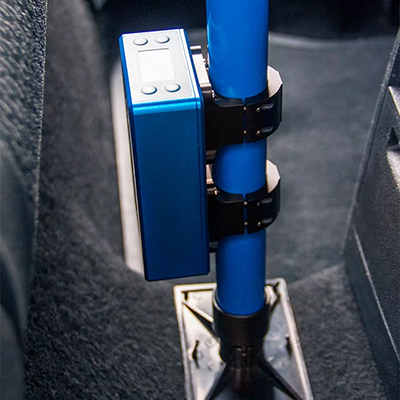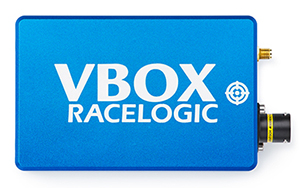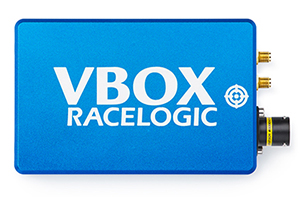VBOX 3iS - OVERVIEW
Compact GNSS-aided Inertial Navigation System (INS) with integrated IMU and wheel speed data from the vehicle’s CAN bus
|
|

VBOX 3iS is the industry standard GNSS-aided Inertial Navigation system, offering an efficient solution for high-accuracy ADAS and vehicle dynamics testing – available as the standard VBOX 3iS or the new VBOX 3iSDR.
Featuring the latest multi-constellation, multi-frequency GNSS receiver, VBOX 3iS delivers robust location and position data. Accuracy is further enhanced by the internal high-grade Inertial Measurement Unit (IMU) which smoothly fills any gaps in GNSS reception for short periods of time. For longer periods of occlusion, VBOX 3iS utilises the wheel speed data from the vehicle’s CAN bus to significantly reduce any drift.
VBOX 3iSDR builds on the great features of the VBOX 3iS and adds a dual antenna and RTK (Real-Time Kinematic).
KEY FEATURES

High Performance GNSS ReceiverThe 100 Hz multi-constellation, multi-frequency GNSS engine tracks both the GPS and GLONASS networks of satellites and ensures that data is accurately captured, even in restricted sky view conditions. 
Compatible with Steering RobotsRTK accuracy combined with the IMU makes VBOX 3iSDR a versatile Motion Pack, providing the speed, position and attitude data required to control driving robots and guided soft targets (GST). |

Reliable in Poor GNSS ConditionsIn GNSS denied environments, such as tunnels and deep urban canyons, VBOX 3iS significantly improves the accuracy of the estimated speed and position data by combining wheel speed information with GNSS and inertial data. Cost-effective ADAS Testing SolutionsVBOX 3iSDR is highly effective for use in multi-target ADAS testing, such as swarm testing, where an accurate data source is essential for each target vehicle but does not require individual logging capabilities. |


High-grade IMUThe internal high-grade IMU offers precise measurements of pitch, roll and yaw and helps fill GNSS gaps for short periods of time caused by obstructions such as heavy tree cover or bridges. 
Extremely VersatileVBOX 3iS is designed to be used with your existing control system or data logger and connects via Serial or CAN. |

Wheel Speed IntegrationWheel speed data from the vehicle’s CAN bus is used to significantly reduce any drift in the data and stabilise the accuracy of speed and position without fitting expensive external wheel speed sensors. 
Free Lifetime SupportBenefit from comprehensive support and software updates at no additional cost for the entire lifetime of your VBOX product. |
Which VBOX 3iS is right for you?
Both variants of VBOX 3iS offer a 100 Hz update rate, use the very latest GNSS technology and include an integrated IMU and wheel speed CAN bus connection. However, you have a choice whether you require the standard VBOX 3iS with single antenna or the VBOX 3iSDR with dual antennas and RTK.



